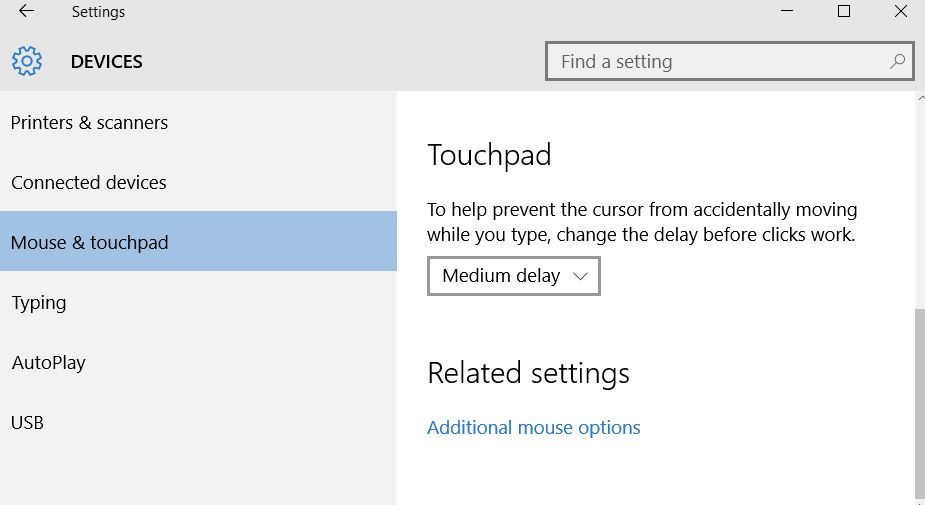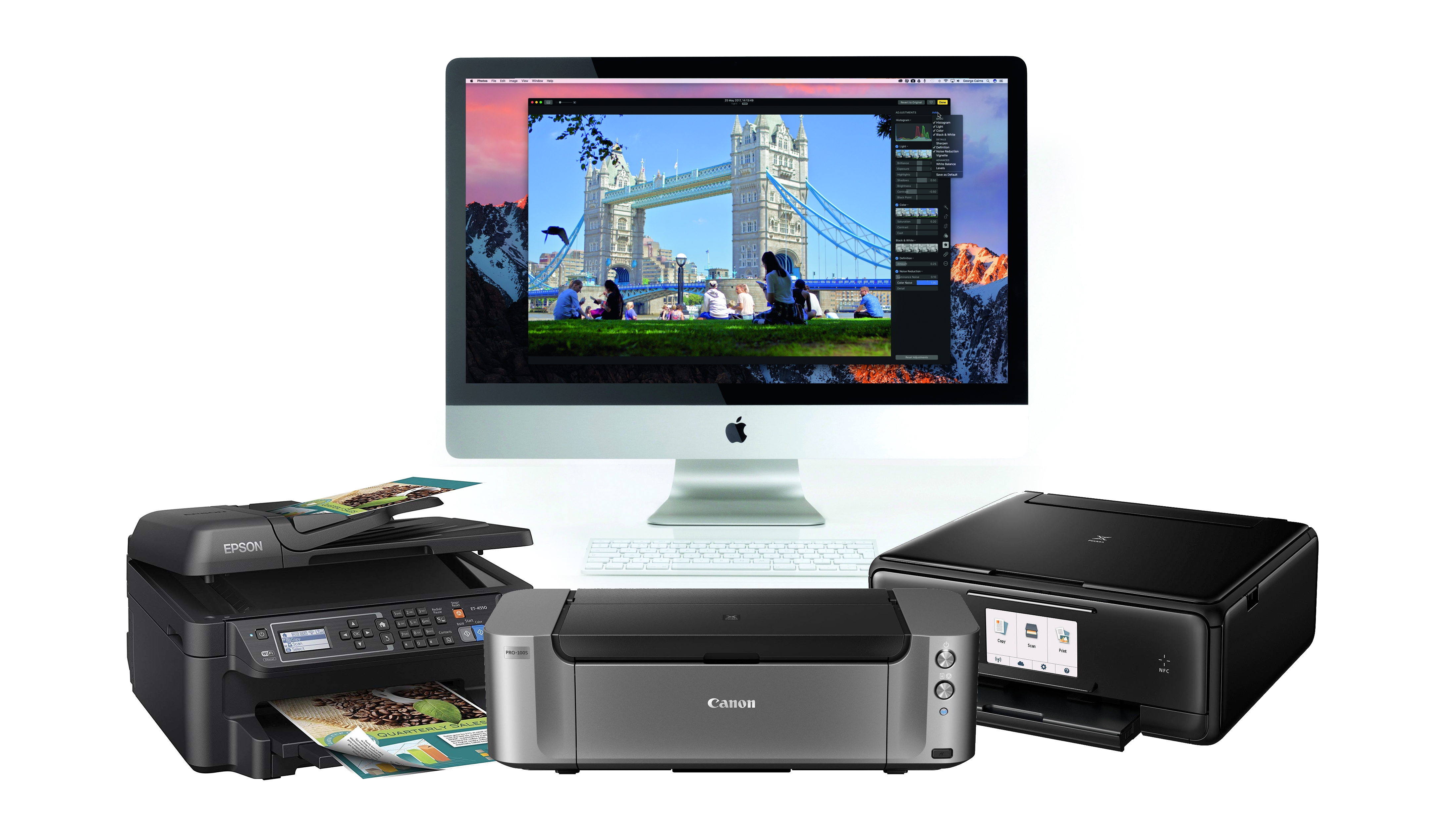


Return to the Windows printer list and select your printer. Instead, cancel once you have successfully created the port.ħ. But don't actually perform the last step to create the printer. Create a new port as described above (IP_10.0.1.1 or equivalent, with device type HP JetDirect). Begin the process of creating a new printer in Windows. Plug the printer into the base station.Ħ. Turn off your AE base station (disconnect power cord).Ĥ. Disconnect the printer from the Windows box.ģ. Connect the printer directly to the Windows box and set it up.Ģ. But some printers that were never designed for network use (such as my HP photosmart 7960) may not appear on the list Windows offers you, even if the drivers are correctly installed.

This hint works great for most network-capable printers.
#Printer that works for lenovo windows and mac how to#
I couldn't find any documentation on the net about connecting to a shared printer on the BaseStation from Windows, so set about working out how to do it myself.After whipping out the trusty ol' Network Utility and portscanning the BaseStation, it revealed that (among others) Port 9100 was open (Raw LPR/JetDirect).įrom here on, it was a simple matter of setting up the PC with the required printer drivers, and setting the port to print to as a Standard TCP/IP Port on 10.0.1.1 (the BaseStation's IP address) using Raw LPR to Port 9100. The PC is fairly noisy, so I didn't want to have to use it to share the printer, especially when the BaseStation can do the task. Having just set up my home network, consisting of one Windows XP Pro Workstation (Ethernet), one Apple PowerBook 12" (AirPort) and an AirPort Extreme BaseStation, the only piece of the puzzle missing was sharing my Epson USB Printer. I recieved the following as an anonymous hint, but it strikes me that it's closely related to this one, so I'm posting it here as a comment instead.


 0 kommentar(er)
0 kommentar(er)
